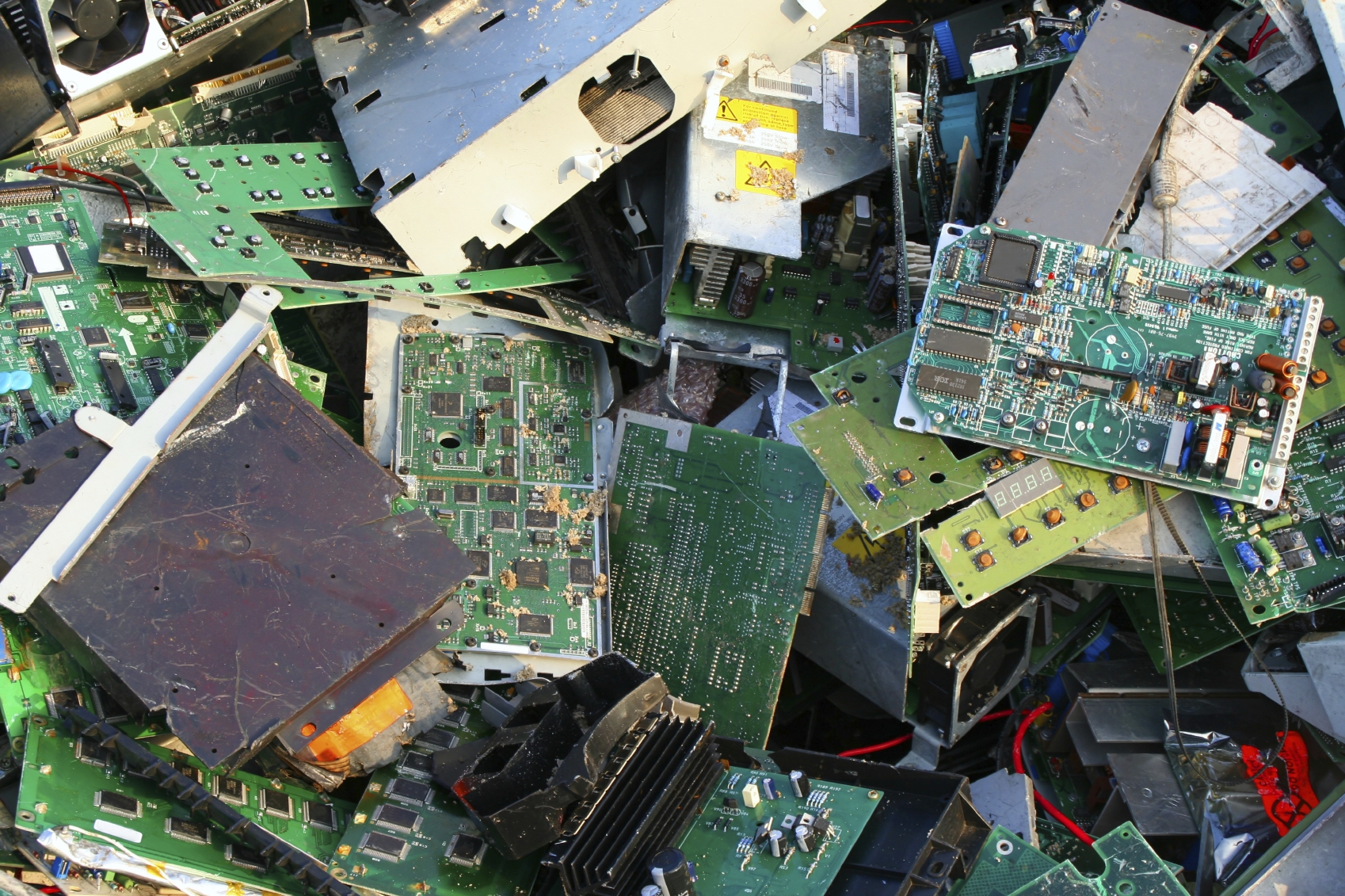
Technology has become an essential part of our lives, but it also comes with a price: electronic waste, or e-waste, which is the term for electronic devices that are unwanted, not working, or have reached the end of their useful life. E-waste is one of the fastest-growing waste streams in the world, and it poses serious environmental and heath risks if not properly managed.
What are the environmental problems caused by technology?
According to the Global E-waste Monitor 2020, a report by the United Nations, the world generated 53.6 million metric tons of e-waste in 2019, an increase of 21% in just five years. The report also estimates that only 17.4% of the e-waste was collected and recycled, while the rest was dumped in landfills, burned, or illegally traded.
The environmental problems caused by technology are manifold. E-waste contains hazardous substances such as lead, mercury, cadmium, brominated flame retardants, and polychlorinated biphenyls (PCBs), which can leach into the soil and water, contaminate the food chain, and affect biodiversity. E-waste also contributes to greenhouse gas emissions and climate change when it is incinerated or decomposed in landfills, releasing carbon dioxide, methane, and other harmful gases. Moreover, e-waste represents a waste of valuable resources such as metals, plastics, and rare earth elements, which could be recovered and reused instead of being discarded.
What are the effects of e-waste on environment?
The effects of e-waste on environment are alarming. According to a study by the International Telecommunication Union (ITU), e-waste generated 50 million tons of carbon dioxide equivalent in 2019, which is equivalent to the annual emissions of 21 million cars. The study also estimates that e-waste caused $16.7 billion worth of environmental damage in 2019, mainly due to the health impacts of exposure to toxic substances.
Some of the effects of e-waste on environment include:
– Soil contamination: E-waste can pollute the soil with heavy metals and chemicals, affecting its fertility and quality. For example, a study by Earth.Org found that the soil near e-waste dumps in China had high levels of lead and mercury, which can cause neurological damage and kidney failure in humans and animals.
– Water pollution: E-waste can contaminate groundwater and surface water with toxic substances, posing a threat to drinking water sources and aquatic ecosystems. For example, a report by Greenpeace revealed that e-waste recycling sites in Ghana and Nigeria discharged wastewater containing high concentrations of lead, cadmium, chromium, and PCBs into nearby rivers and lagoons.
– Air pollution: E-waste can emit harmful gases and particles into the air when it is burned or processed without proper safety measures. These pollutants can cause respiratory problems, cancer, and other diseases in humans and animals. For example, a study by MIT News found that e-waste workers in India were exposed to high levels of dioxins, furans, polycyclic aromatic hydrocarbons (PAHs), and metals in their blood and urine samples.
How can we reduce the environmental impact of tech e-waste?
The environmental impact of tech e-waste can be reduced by adopting a circular economy approach that aims to minimize waste generation and maximize resource recovery. Some of the strategies that can help achieve this goal are:
– Designing products that are durable, repairable, upgradable, and recyclable
– Promoting green procurement policies that favor products with low environmental impact
– Implementing extended producer responsibility schemes that require manufacturers to take back and recycle their products at the end of their life cycle
– Encouraging consumers to reuse, repair, donate, or sell their old devices instead of throwing them away
– Supporting formal and informal e-waste recycling sectors that follow environmental and social standards
– Raising awareness and education on the benefits of reducing e-waste and the hazards of improper disposal
By taking these actions, we can not only reduce the environmental impact of tech e-waste but also create economic opportunities, social benefits, and innovation potential for a more sustainable future.


